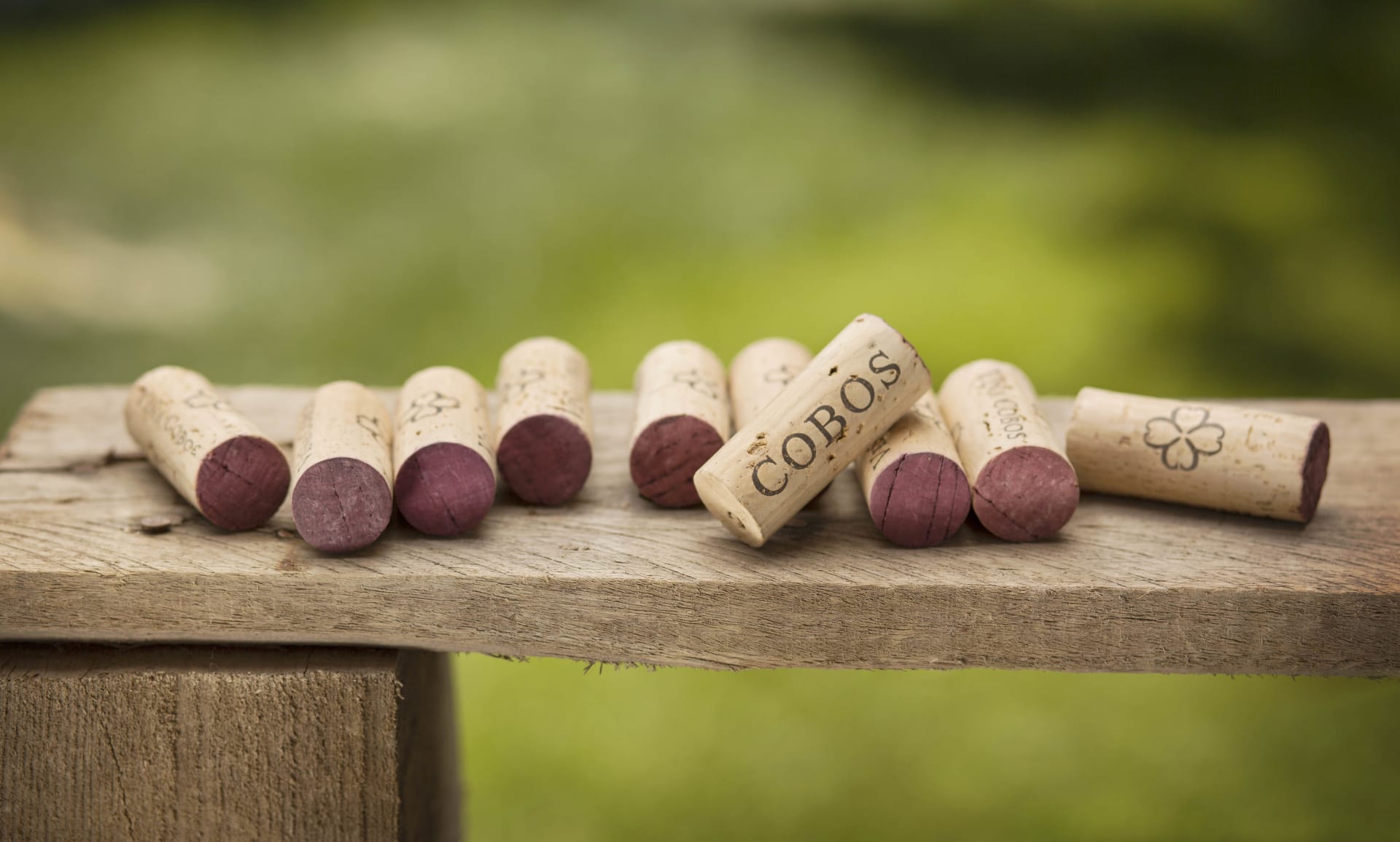Vina Cobos Cobos Corte uNico 2008
-
Robert
Parker -
Wine
Spectator


Product Details
Your Rating
Somm Note
Winemaker Notes
Professional Ratings
-
Robert Parker's Wine Advocate
The 2008 Cobos Corte u Nico Marchiori Vineyard is a blend of 79% Cabernet Sauvignon and 21% Malbec. Purple/black in color, it surrenders an impressive bouquet of pain grille, pencil lead, floral notes, Asian spices, licorice, espresso, and assorted black fruits. Loaded on the palate, this full-bodied behemoth is dense, powerful and complex. Give it 5-7 years to become a bit more civilized and drink it through 2028, perhaps longer.
-
Wine Spectator
This is very broad and muscular, but also sleek and well-integrated, with dense but velvety layers of plum sauce, fig paste and black currant preserves liberally laced with bittersweet cocoa, espresso and loam notes. The long and authoritative finish is completely filled in, without any of the deficiencies of the vintage. Cabernet Sauvignon and Malbec. Drink now through 2016. 443 cases made.




Viña Cobos makes wines that are authentic expressions of the terroir from which they come. Paul Hobbs, founding partner and winemaker at Viña Cobos, has worked since 1988 in the exploration of the different terroirs of Mendoza, looking for the most distinguished regions in Luján de Cuyo and the Valle de Uco, to produce wines that uniquely express their origins.
Sustainable farming methods in the vineyard contribute to consistent yields of healthy fruit. In the winery, careful treatment of the grapes and meticulous winemaking techniques result in complex and elegant wines of subtlety and balance.
With the inaugural vintage of Cobos Malbec in 1999, Viña Cobos marked a milestone in viticulture, defying existing standards and firmly positioned Malbec and Argentina on the international wine scene. Since then, our prestigious wines have been recognized around the globe by critics and consumers alike.

With hundreds of red grape varieties to choose from, winemakers have the freedom to create a virtually endless assortment of blended red wines. In many European regions, strict laws are in place determining the set of varieties that may be used, but in the New World, experimentation is permitted and encouraged resulting in a wide variety of red wine styles. Blending can be utilized to enhance balance or create complexity, lending different layers of flavors and aromas. For example, a red wine blend variety that creates a fruity and full-bodied wine would do well combined with one that is naturally high in acidity and tannins. Sometimes small amounts of a particular variety are added to boost color or aromatics. Blending can take place before or after fermentation, with the latter, more popular option giving more control to the winemaker over the final qualities of the wine.
How to Serve Red Wine
A common piece of advice is to serve red wine at “room temperature,” but this suggestion is imprecise. After all, room temperature in January is likely to be quite different than in August, even considering the possible effect of central heating and air conditioning systems. The proper temperature to aim for is 55° F to 60° F for lighter-bodied reds and 60° F to 65° F for fuller-bodied wines.
How Long Does Red Wine Last?
Once opened and re-corked, a bottle stored in a cool, dark environment (like your fridge) will stay fresh and nicely drinkable for a day or two. There are products available that can extend that period by a couple of days. As for unopened bottles, optimal storage means keeping them on their sides in a moderately humid environment at about 57° F. Red wines stored in this manner will stay good – and possibly improve – for anywhere from one year to multiple decades. Assessing how long to hold on to a bottle is a complicated science. If you are planning long-term storage of your reds, seek the advice of a wine professional.

With vineyards tretching along the eastern side of the Andes Mountains from Patagonia in the south to Salta in the north, Argentina is one of the world’s largest and most dynamic wine producing countries—and most important in South America.
Since the late 20th century vineyard investments, improved winery technology and a commitment to innovation have all contributed to the country’s burgeoning image as a producer of great wines at all price points. The climate here is diverse but generally continental and agreeable, with hot, dry summers and cold snowy winters—a positive, as snow melt from the Andes Mountains is used heavily to irrigate vineyards. Grapes very rarely have any difficulty achieving full ripeness.
Argentina’s famous Mendoza region, responsible for more than 70% of Argentina’s wine production, is further divided into several sub-regions, with Luján de Cuyo and the Uco Valley most noteworthy. Red wines dominate here, especially Malbec, the country’s star variety, while Chardonnay is the most successful white.
The province of San Juan is best known for blends of Bonarda and Syrah. Torrontés is a specialty of the La Rioja and Salta regions, the latter of which is also responsible for excellent Malbecs grown at very high elevation.
